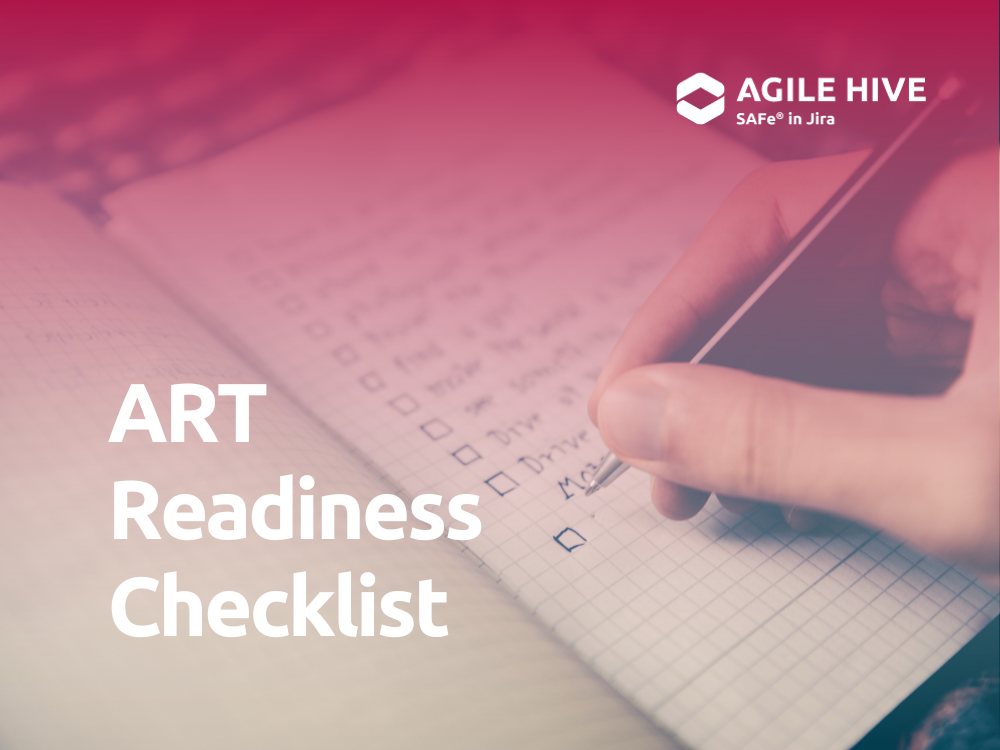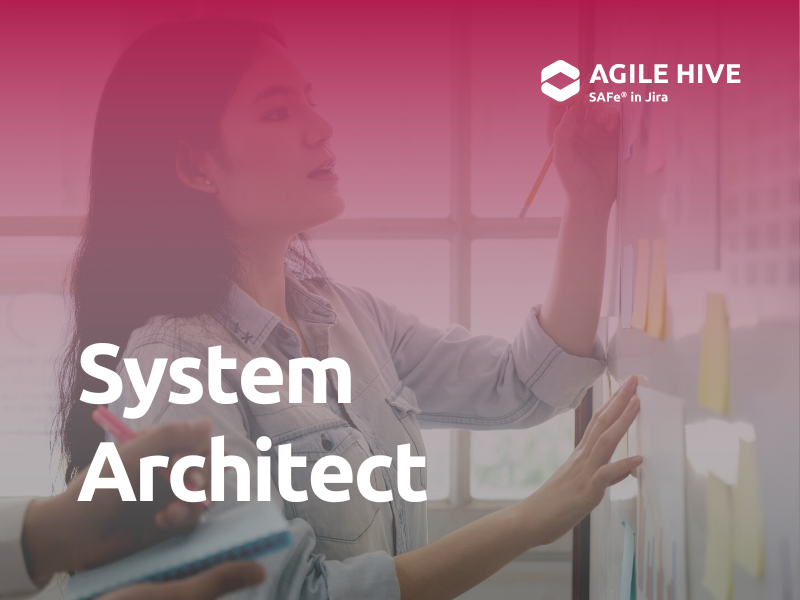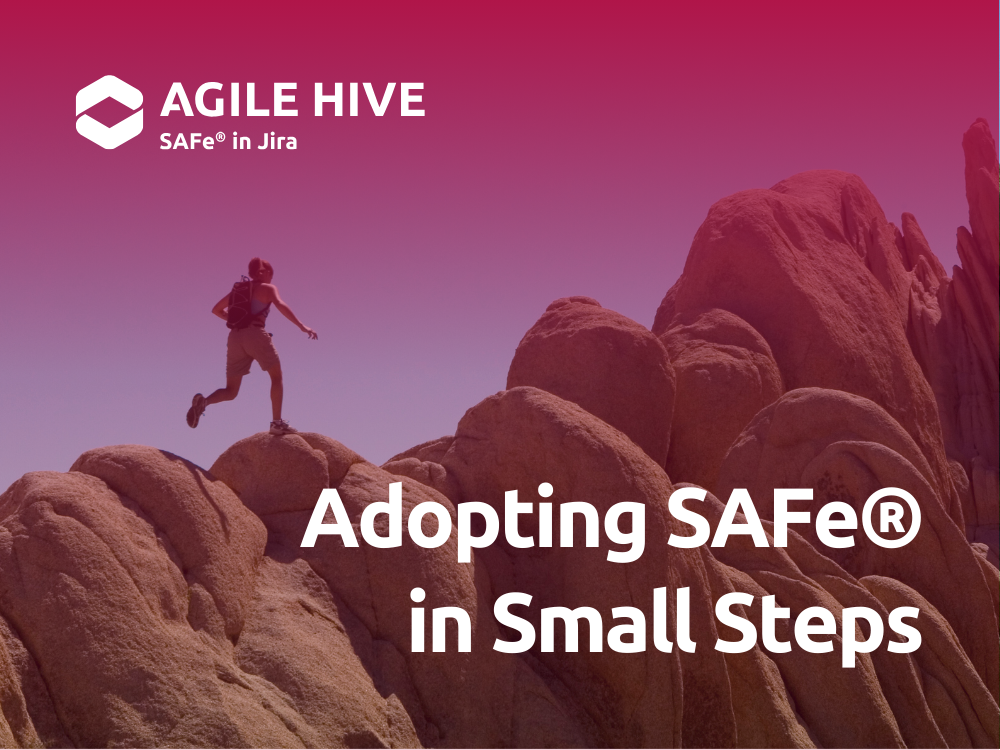All aboard! Maybe, maybe not.
If your organization has any number of Agile teams or is working towards incorporating Agile and Lean practices into the culture, we’re guessing discussions around Agile Release Trains (ARTs) have come up, more than once.
Going directly to the source, the folks at Scaled Agile, Inc. define an ART as follows;
“A long-lived team of Agile teams that incrementally develops, delivers, and often operates one or more solutions in a value stream. ARTs are teams of Agile Teams that align to a shared business and technology mission.
Each is a virtual organization (typically 50 – 125 people) that plans, commits, develops, and deploys together. ARTs are organized around the enterprise’s significant Development Value Streams and exist solely to realize the promise of that value by building and delivering Solutions that benefit the Customer.”
A Time of Transition
The decision has been made; management at your organization has determined given the complexities in workflows, the dependencies between teams, and the size of those teams, that Scaled Agile Framework (SAFe®) will become the standard.
SAFe®, ART, LACE, PI – you and your colleagues have been tasked with pulling this all together. Arriving at this point, you all have discovered the traditional waterfall methodology you’d relied on in the past, may not be the most appropriate framework for scaling up. SAFe® is now the name of the game, and it’s an improvement, more efficient and productive, with an iterative methodology.
First Things First
To ensure we’re all speaking the same language, let’s define a few new terms introduced. We’ve already touched on the Agile Release Train or ART, so let’s discuss SAFe®.
Released in 2011 by its co-developers Dean Leffingwell and Drew Jemilo, SAFe® is simply put, just as the name suggests; scrum or agile practices, but at a scaled enterprise level. This set of guidelines includes roles and responsibilities and was formed around agile software development, lean product development, and finally systems processes and rationale.
The term LACE stands for “Lean-Agile Center of Excellence” and can be understood as a relatively small, dedicated team within an organization that is brought together specifically to implement SAFe® and Lean-Agile ways of working. We’ll dive a bit deeper into the responsibilities of the LACE later in this article.
Last but certainly not least, the Planning Interval or PI. PIs, typically 8-12 weeks in length, are cadence-based, “chunked” intervals within which ARTs iteratively deliver value based upon previously agreed-upon objectives. Essentially plan/design, build/construct, validate/affirm, deliver specific value, and finally obtain feedback regarding that entire process.
Preparation Is The Key To Success
“Before anything else, preparation is the key to success.”
Alexander Graham Bell
The ART, specifically the preparation for it, is step number 8 of 14 in Scaled Agile’s SAFe Implementation Roadmap which “describes a strategy and an ordered set of activities for successfully implementing SAFe®.” To grasp the full impression of a successful SAFe® implementation, we definitely recommend diving into the complete series of articles, but for now, let’s focus on the task at hand; the ART readiness checklist.
The kickoff of the first ART for the organization, specifically, the degree of success or failure of that kickoff, cannot be overstated. It is the first real, concrete, and tangible change for the organization on the journey to building a lasting, transformative change. SAFe® Practice Consultants (SPCs) will often take the lead, at least for the initial ARTs but they don’t go it alone. Members of the LACE (Lean-Agile Center of Excellence) and other SAFe®-invested individuals contribute to the effort.
The basic checklist as spelled out by the folks at SAFe® includes the following;
- Define the ART
- ART launch date and cadence
- Training for ART leaders and stakeholders
- Agile teams formation
- Train Product Managers and Product Owners
- Train Scrum Masters/Team Coaches
- Train System Architects
- Assess and evolve
- ART backlog preparation
We’ll touch briefly upon each of these in the paragraphs that follow.
Define the ART
As demonstrated in the SAFe® canvas below, there is great benefit in identifying those roles critical to making the ART a success. Realize these can be both internal and external individuals.

ART Launch Date and Cadence
Up next – set a firm date for the inaugural PI Planning event. In short, set a date and stick to it.
As mentioned, the recommended length of a PI should be between 8 and 12 weeks. This leans towards the happy medium of that timeframe. However, the individual experiences of SAFe® coaches will help determine a good starting point for their PI cadence. For example, when organizations plan the PIs on 13-week cycles, that then yields quarterly cadences. As a result, this is more predictable year-to-year.
In the end, whatever the cadence decided, it should be set in stone going forward from one PI to the next. This means all teams involved in the ART should be working within the same iteration dates as one another whether in-person, remote, or hybrid.
Training for ART Leaders and Stakeholders
This phase will often involve the offering of a two-day “Leading SAFe®” training class by an SPC, or multiple SPCs at the organization for ART leaders and stakeholders with the purpose of bringing everyone up to speed. This can immediately be followed by an implementation workshop day. ART leaders include the Release Train Engineer (RTE), Product Managers, and System Architects while the stakeholders could be everyone from managers, to Business Owners, operations personnel, and the like. This helps set and clarify expectations and individual role responsibilities.
Agile Teams Formation
It’s now “all aboard” for teams that will be part of the ART. This can happen in one of three ways. Either self-organizing teams, teams organized by management, or a mix of the first two approaches. Most often, teams and their members know their strengths and weaknesses best and what their work style looks like. Management adds that objective, “looking outside, in” perspective while also understanding overall goals and objectives. It is also at this point, that the Scrum Master (or Team Coach) and Product Owner roles are enabled.
Given the events of the last three years, as geographies of teams and team members can nowadays be quite different, this will be critical to keep in mind when coordinating events and sync times.
Train Product Managers and Product Owners
Scaled Agile, Inc. offers a two-day SAFe® Product Owner/Product Manager course. It is designed to educate and invest individuals in these roles in the success of the ART. Additionally, it imparts how to drive value throughout their organization and constructing the backlog for the ART. And finally, the management and improvement of the flow of the ART is discussed, among other crucial topics.
Train Scrum Masters/Team Coaches
Ah yes, the “servant leader”. Individuals in this role are tasked with planning and executing the PI. Additionally, coordinating and leading events for teams, and monitoring and identifying areas of improvement for the flow of work. Scaled Agile, Inc. also offers a course devoted specifically to this role.
Train System Architects
System Architects can be thought of much the same way as building architects versus architectural engineers. That is, the engineer is focused on specific details of structural integrity and safety. Whereas the architect looks at the broader issues of design, the look, and style. System architects in SAFe® help develop the broader design of the solution in the works.
These individuals must hold the combined skills of technical experts and Lean-Agile leaders and influencers within the organization. There is a role-specific course offered by Scaled Agile, Inc. – the three-day SAFe® for Architects course.
Assess and Evolve
“And the most successful people are those who accept and adapt to constant change. This adaptability requires a degree of flexibility and humility most people can’t manage.”
Paul Lutus
Based on the PDCA model (plan, do, check, adjust), SAFe® practitioners contend there is no such thing as a perfect launch. That certainly does not mean working toward proper readiness should not take place. Just simply expecting perfection often creates its own issues.
With that in mind, Scaled Agile, Inc. developed a “needed items” list and a “desirable items” list for ART readiness.


Backlog Preparation
A common practice in developing the scope for an upcoming PI involves a series of refinement workshops coordinated by the organization’s SPCs and LACE stakeholders to facilitate the prep of the backlog prior to PI planning activities. The actual preparation of the backlog and coalescing of inputs from stakeholders is primarily the PM’s responsibility. Bringing together leaders and stakeholders will help flush out and synthesize the many opinions as to what the end result of the PI and the new system should be.
Capturing the results of the refinement workshops in the backlog for the ART, in a tool where it is easily accessible, allows for asynchronous commenting and discussion. Augmenting refinement sessions with transparency in digital form is a most effective success pattern. The purpose is to set the stage for the most productive and collaborative process possible.
Check, Check, and Done – Make Your ART Launch a Success!
We hope you’ve gleaned some useful information that can assist you and your organization in the planning and preparation for a successful ART launch! As the saying goes, “many hands make light work”.
To learn more about how Agile Hive can be that linchpin, “single source of truth” through your entire SAFe® journey, each and every day as your “SAFe in Jira” solution, reach out to us to learn more and when you’re ready, schedule a demo with us!
Further Reading
Agile Hive Integration with Collaboration Technologies
System Architect Using Scaled Agile Framework (SAFe®)
Release Train Engineers – Empowered for Greatness with Agile Hive
Product Management Using Scaled Agile Framework (SAFe®)
SAFe® – The Pros and Cons for Scaling Agile
Agile Hive Implementation Project
In Focus: Who or What is the LACE?
SAFe with Atlassian tools: Agile Hive is a Scaled Agile Platform Partner






